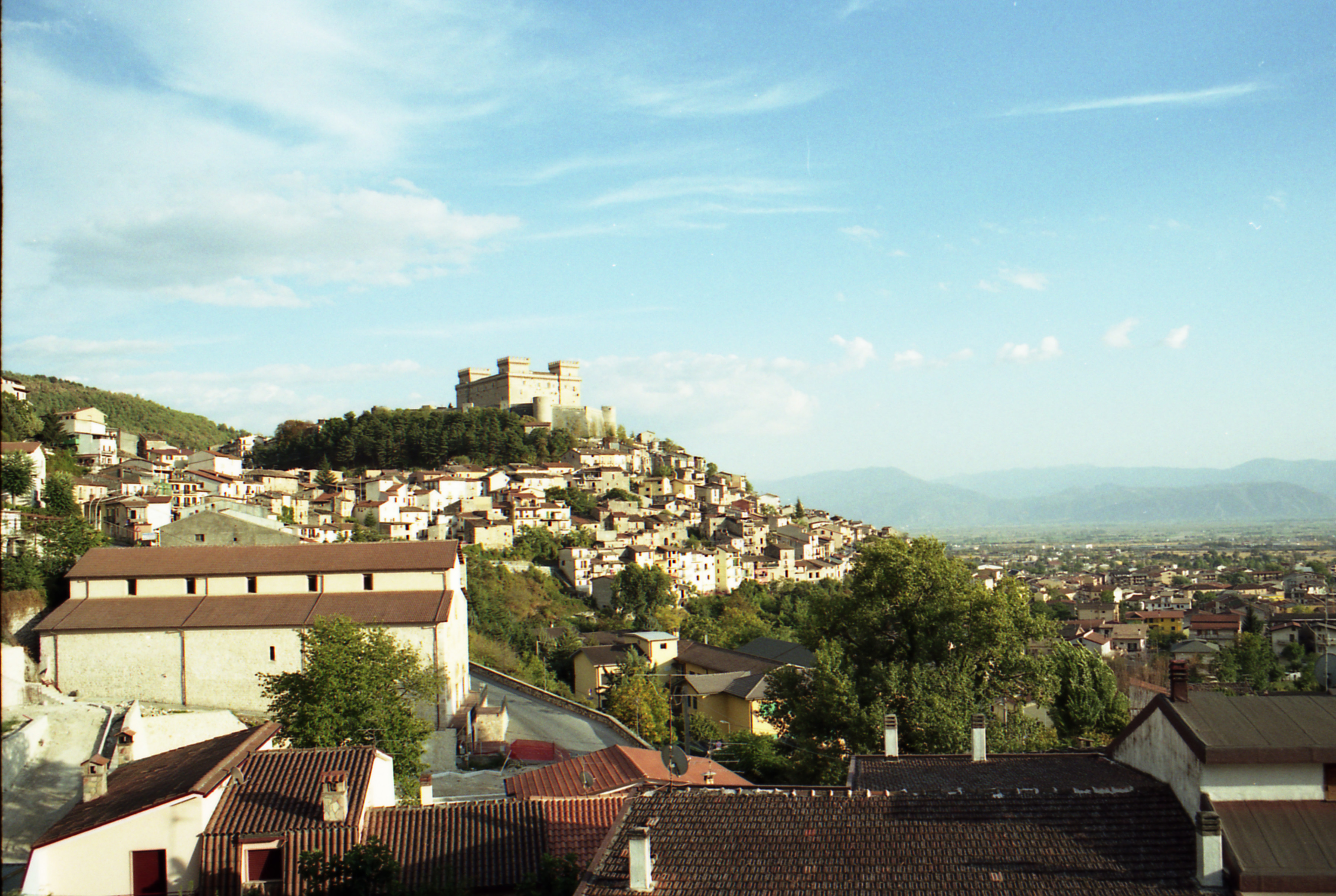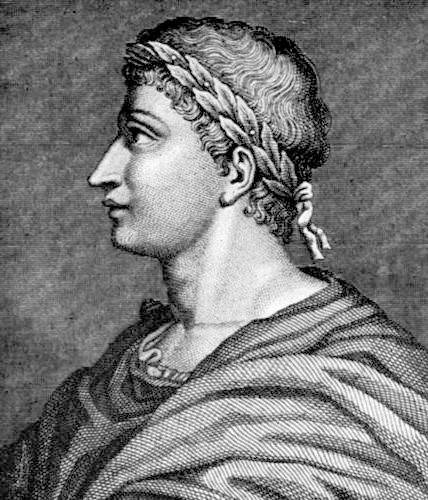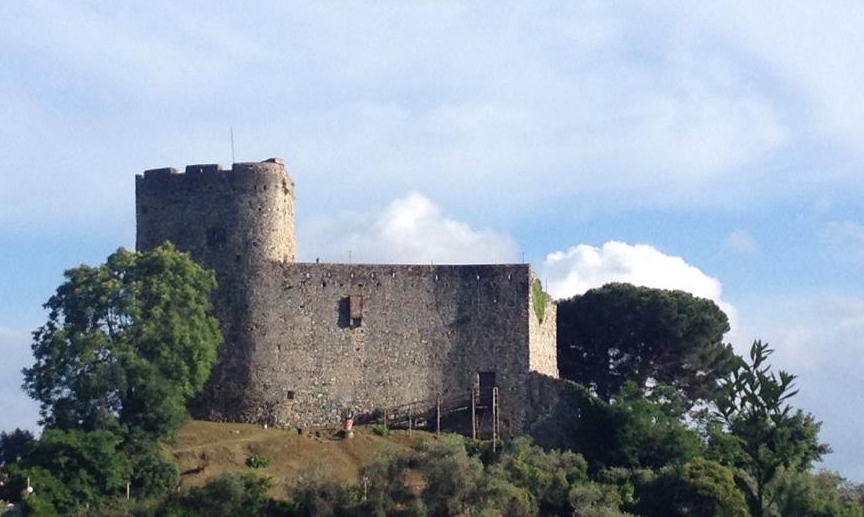|
Stefano Di Berardino
Stefano Di Berardino (born 11 January 1987) is an Italian professional footballer who plays in the role of defender. Career Early career On 30 August 2006, Di Berardino was transferred to Serie A giants Juventus FC, where he was sent to the youth system. In exchange, Andrea Luci went to Pescara on loan. He was awarded no. 2 shirt in the second half 2005–06 season, to fill for the vacancy of Nicola Diliso. Lega Pro In 2007, Di Berardino graduated from the Juventus youth system, and was soon sold to S.S. Juve Stabia in a co-ownership deal, along with Giuseppe Rizza and Matteo Trini. He made 21 appearances and scored one goal for the club during the 2007–08 Serie C1 season. In June 2008, Juventus bought back Di Berardino for €8,000. For the 2008–09 season, he was once again sent on loan to the Italian Lega Pro Prima Divisione (ex-Serie C1); this time he joined A.C. Pistoiese, where the defender was consistently part of the starting line-up, making, in total, 28 appearan ... [...More Info...] [...Related Items...] OR: [Wikipedia] [Google] [Baidu] |
Avezzano
Avezzano ( or ; nap, Avezzàne, label= Marsicano ) is a city and ''comune'' with a population of 40,819 inhabitants, situated in the Abruzzo region, province of L'Aquila, Italy. It is the second most populous municipality in the province and the sixth in the region. Avezzano was documented as an existing urban center in the ninth century. The city was destroyed by the earthquake of 1915. It was rebuilt after the 1944 Allied bombing. The city was decorated with the silver medal for civil merit, an award granted by the Italian Republic. It is the main commercial, industrial and agricultural centre of the Marsica area, with important high-tech industries and a large Telespazio satellite farm (Fucino Space Centre). History Toponymy There are different common etymologies for the name of the city: from "Ad Vetianum" which means a "to the Vetia family"; from "Avidianum" or "fundus Avidianus" which is derived from the noble Avidius domiciled in the nearby town of Alba Fucens or from ... [...More Info...] [...Related Items...] OR: [Wikipedia] [Google] [Baidu] |
Serie C1
Lega Pro Prima Divisione was the third highest football league in Italy. It consisted of 33 teams, divided geographically into two divisions of 16 and 17 teams for group A and B respectively. Until 2008 it was known as Serie C1. Before the 1978–79 season there were only three leagues of professional football in Italy, the third being Serie C. In 1978, it was decided to split Serie C The Serie C () is the third-highest division in the Italian football league system after the Serie B and Serie A. The Lega Italiana Calcio Professionistico (Lega Pro) is the governing body that runs the Serie C. The unification of the Lega ... into Serie C1 and Serie C2. Serie C2, the fourth highest professional league in the Italian system, was also renamed in 2008 and was called Lega Pro Seconda Divisione. The reform, already decided by the FIGC led to the reunification with the second division starting from 2014-2015 and with the subsequent rebirth of the third division championship ... [...More Info...] [...Related Items...] OR: [Wikipedia] [Google] [Baidu] |
Italian Men's Footballers
Italian(s) may refer to: * Anything of, from, or related to the people of Italy over the centuries ** Italians, an ethnic group or simply a citizen of the Italian Republic or Italian Kingdom ** Italian language, a Romance language *** Regional Italian, regional variants of the Italian language ** Languages of Italy, languages and dialects spoken in Italy ** Italian culture, cultural features of Italy ** Italian cuisine, traditional foods ** Folklore of Italy, the folklore and urban legends of Italy ** Mythology of Italy, traditional religion and beliefs Other uses * Italian dressing, a vinaigrette-type salad dressing or marinade * Italian or Italian-A, alternative names for the Ping-Pong virus, an extinct computer virus See also * * * Italia (other) * Italic (other) * Italo (other) * The Italian (other) The Italian may refer to: * ''The Italian'' (1915 film), a silent film by Reginald Barker * ''The Italian'' (2005 film), a Russian fi ... [...More Info...] [...Related Items...] OR: [Wikipedia] [Google] [Baidu] |
Living People
Related categories * :Year of birth missing (living people) / :Year of birth unknown * :Date of birth missing (living people) / :Date of birth unknown * :Place of birth missing (living people) / :Place of birth unknown * :Year of death missing / :Year of death unknown * :Date of death missing / :Date of death unknown * :Place of death missing / :Place of death unknown * :Missing middle or first names See also * :Dead people * :Template:L, which generates this category or death years, and birth year and sort keys. : {{DEFAULTSORT:Living people 21st-century people People by status ... [...More Info...] [...Related Items...] OR: [Wikipedia] [Google] [Baidu] |
People From Avezzano
A person ( : people) is a being that has certain capacities or attributes such as reason, morality, consciousness or self-consciousness, and being a part of a culturally established form of social relations such as kinship, ownership of property, or legal responsibility. The defining features of personhood and, consequently, what makes a person count as a person, differ widely among cultures and contexts. In addition to the question of personhood, of what makes a being count as a person to begin with, there are further questions about personal identity and self: both about what makes any particular person that particular person instead of another, and about what makes a person at one time the same person as they were or will be at another time despite any intervening changes. The plural form "people" is often used to refer to an entire nation or ethnic group (as in "a people"), and this was the original meaning of the word; it subsequently acquired its use as a plural form of p ... [...More Info...] [...Related Items...] OR: [Wikipedia] [Google] [Baidu] |
1987 Births
File:1987 Events Collage.png, From top left, clockwise: The MS Herald of Free Enterprise capsizes after leaving the Port of Zeebrugge in Belgium, killing 193; Northwest Airlines Flight 255 crashes after takeoff from Detroit Metropolitan Airport, killing everyone except a little girl; The King's Cross fire kills 31 people after a fire under an escalator flashes-over; The MV Doña Paz sinks after colliding with an oil tanker, drowning almost 4,400 passengers and crew; Typhoon Nina strikes the Philippines; LOT Polish Airlines Flight 5055 crashes outside of Warsaw, taking the lives of all aboard; The USS Stark is struck by Iraqi Exocet missiles in the Persian Gulf; U.S. President Ronald Reagan gives a famous speech, demanding that Soviet leader Mikhail Gorbachev tears down the Berlin Wall., 300x300px, thumb rect 0 0 200 200 Zeebrugge disaster rect 200 0 400 200 Northwest Airlines Flight 255 rect 400 0 600 200 King's Cross fire rect 0 200 300 400 Tear down this wa ... [...More Info...] [...Related Items...] OR: [Wikipedia] [Google] [Baidu] |
Celano
Celano is a town and ''comune'' in the Province of L'Aquila, central Italy, east of Rome by rail. Geography Celano rises on the top of a hill in the territory of Marsica, below the mountain range of Sirente. It faces the valley of Fucino, once filled by the large Fucine Lake, which was drained during the 19th century. History After the fall of the Western Roman Empire, Celano suffered from the invasions of Lombards (6th century). The city passed under Byzantine control, and was then subdued by the Lombards and governed by the duchies of Spoleto and Benevento. From the 8th century, Charlemagne and his descendants ruled the Marsica region independently of Spoleto, raising it to the rank of county. Celano was elected ''Caput Marsorum'' (capital city of the Marsica region), governed by the Berardi family. From around the year 1140, it was captured by the Normans, who annexed it to the Kingdom of Sicily. Fearing that Marsica was becoming too powerful, in the year 1223 Empe ... [...More Info...] [...Related Items...] OR: [Wikipedia] [Google] [Baidu] |
Macerata
Macerata () is a city and ''comune'' in central Italy, the county seat of the province of Macerata in the Marche region. It has a population of about 41,564. History The historical city centre is on a hill between the Chienti and Potenza rivers. It first consisted of the Picenes city named Ricina (''Helvia Recina''), then, after its romanization, Recina and Helvia Recina. After the destruction of Helvia Recina by the barbarians, the inhabitants took shelter in the hills and eventually began to rebuild the city, first on the top of the hills, before descending again later and expanding. The newly rebuilt town was Macerata. It became a municipality (or comune in Italian) in August 1138. 20th century The ''comune'' of Urbisaglia was the location of an internment camp for Jews and refugees, and a prisoner-of-war camp (PG53, at Sforzacosta) during World War II. 21st century According to Jason Horowitz of ''The New York Times'', Macerata was initially welcoming to migrants co ... [...More Info...] [...Related Items...] OR: [Wikipedia] [Google] [Baidu] |
Sulmona
Sulmona ( nap, label= Abruzzese, Sulmóne; la, Sulmo; grc, Σουλμῶν, Soulmôn) is a city and ''comune'' of the province of L'Aquila in Abruzzo, Italy. It is located in the Valle Peligna, a plain once occupied by a lake that disappeared in prehistoric times. In the ancient era, it was one of the most important cities of the Paeligni and is known for being the native town of the Roman poet Ovid, of whom there is a bronze statue, located on the town's main road and named after him. History Ancient era Sulmona was one of the principal cities of the Paeligni, an Italic tribe, but no notice of it is found in history before the Roman conquest. A tradition alluded to by Ovid and Silius Italicus, which ascribed its foundation to Solymus, a Phrygian and one of the companions of Aeneas, is evidently a mere etymological fiction. The first mention of Sulmo occurs in the Second Punic War, when its territory was ravaged by Hannibal in 211 BC, who, however, did not attack the ci ... [...More Info...] [...Related Items...] OR: [Wikipedia] [Google] [Baidu] |
Agnone
Agnone is a ''comune'' in the province of Isernia, in the Molise region of southern Italy, some northwest of Campobasso. Agnone is known for the manufacture of bells by the Marinelli Bell Foundry. The town of Agnone proper is complemented with other populated centers like Fontesambuco, Villa Canale and Rigaini. History Samnites The Samnites comprised several distinct tribes in Samnium, a wholly inland district of south central Italy named after them. The Pentri tribe of the Samnites was the most powerful and based in Bovianium, which was a city some south of present Agnone. Agnone is in the center of important archaeological vestiges of the old Oscan-Samnite civilization and has been called “the Athens of the Sannio” due to the large number of ancient ruins of the Samnite culture.''Dictionary of Greek and Roman Geography''. William Smith, LLD. London. Walton and Maberly, Upper Gower Street and Ivy Lane, Paternoster Row; John Murray, Albemarle Street. 1854. According to tr ... [...More Info...] [...Related Items...] OR: [Wikipedia] [Google] [Baidu] |
Chiavari
Chiavari (; lij, Ciävai ) is a comune (municipality) in the Metropolitan City of Genoa, in Italy. It has about 28,000 inhabitants. It is situated near the river Entella Éntella (Greek language, Greek: ), was an ancient city in the interior of Sicily, situated on the left bank of the river Hypsas (modern Belice), and nearly midway between the two seas, being about 40 km from the mouth of the Hypsas, and .... History Pre-Roman and Roman Era A pre-Roman necropolis, which dates from the 8th to 7th century BC, has been uncovered in the area where Chiavari is located now. Chiavari grew up on the traces of a Roman camp on the Via Aurelia. Medieval Era A castle was constructed in 1147. The old town contains numerous arcades and buildings from the 13th century, including a castle, several mansions, and the nearby Church of San Salvatore di Lavagna, which was founded in 1224 by Innocent IV. The cathedral was rebuilt in 1613. Known famously as a center of ancient huma ... [...More Info...] [...Related Items...] OR: [Wikipedia] [Google] [Baidu] |

_1938.jpg)




